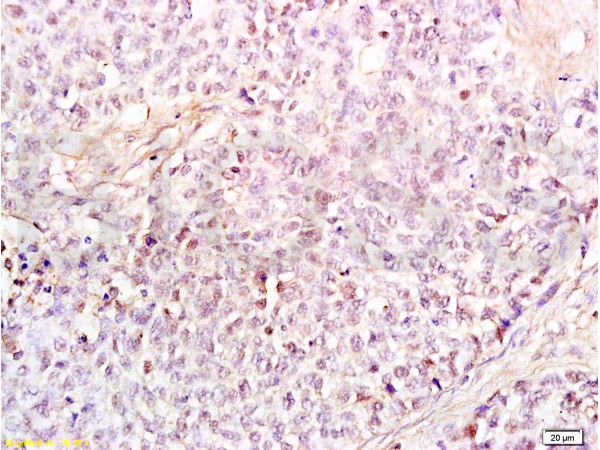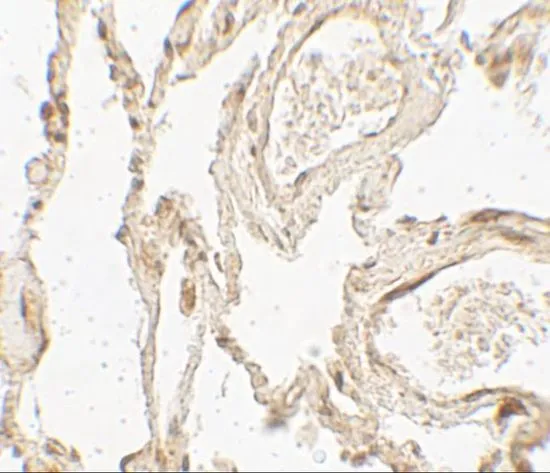HMGB1 antibody
GTX112959
ApplicationsImmunoFluorescence, Western Blot, ImmunoCytoChemistry, ImmunoHistoChemistry, ImmunoHistoChemistry Paraffin
Product group Antibodies
TargetHMGB1
Overview
- SupplierGeneTex
- Product NameHMGB1 antibody
- Delivery Days Customer9
- Application Supplier NoteWB: 1:500-1:3000. ICC/IF: 1:100-1:1000. IHC-P: 1:100-1:1000. *Optimal dilutions/concentrations should be determined by the researcher.Not tested in other applications.
- ApplicationsImmunoFluorescence, Western Blot, ImmunoCytoChemistry, ImmunoHistoChemistry, ImmunoHistoChemistry Paraffin
- CertificationResearch Use Only
- ClonalityPolyclonal
- Concentration0.53 mg/ml
- ConjugateUnconjugated
- Gene ID3146
- Target nameHMGB1
- Target descriptionhigh mobility group box 1
- Target synonymsAmphoterin; high mobility group protein B1; high-mobility group (nonhistone chromosomal) protein 1; HMG1; HMG-1; HMG3; SBP-1; Sulfoglucuronyl carbohydrate binding protein
- HostRabbit
- IsotypeIgG
- Protein IDP09429
- Protein NameHigh mobility group protein B1
- Scientific DescriptionDNA binding proteins that associates with chromatin and has the ability to bend DNA. Binds preferentially single-stranded DNA. Involved in V(D)J recombination by acting as a cofactor of the RAG complex. Acts by stimulating cleavage and RAG protein binding at the 23 bp spacer of conserved recombination signal sequences (RSS). Heparin-binding protein that has a role in the extension of neurite-type cytoplasmic processes in developing cells.
- Storage Instruction-20°C or -80°C,2°C to 8°C
- UNSPSC12352203
References
- Tumor-derived exosomes confer antigen-specific immunosuppression in a murine delayed-type hypersensitivity model. Yang C et al., 2011, PLoS OneRead more




![HMGB1 antibody [Giby-1-4]](https://www.genetex.com/upload/website/prouct_img/normal/GTX33926/GTX33926_20160831_Structure_w_23060800_655.webp)
